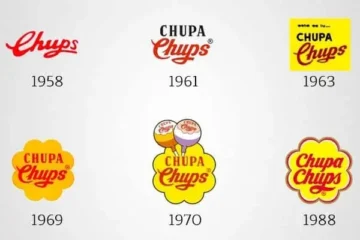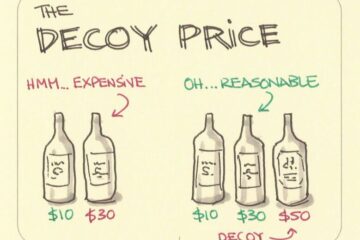What Export Managers of Western Companies Think:
▶ Southeast Asia (SEA) is a Homogeneous Market.
▶ Price Sensitivity Equals Low Quality Expectations.
▶ Western Marketing Approaches Will Work Everywhere.
▶ Relationship Building Isn’t Necessary for Success.
▶ English is Widely Spoken and Sufficient for Business.
▶ Google to Search for Prospects and Email to Contact Them.
What is instead actually true:
▶ Each market has its own unique culture, consumer behavior, preferences, regulation, taxation, tariff and challenges.
▶ Many SEA consumers prioritize high-quality and precision products, even if they are price-conscious.
▶ Local adaptations, such as language, cultural symbols, and preferences for specific channels, must be considered for communicating with the expected audience.
▶ In many SEA markets, long-term partnerships and trust are key drivers of business success.
▶ English proficiency in SEA countries is generally ranked low or very low, with some exceptions (Singapore, Philippines, …), and English is not commonly spoken outside turistic areas or .
▶ In SEA, relying on Google and emails is ineffective, as consumers prefer local platforms. Moreover, offline engagement, local partnerships, and face-to-face interactions remain essential for building credibility and trust in these markets.
Understanding these misconceptions is vital for companies seeking success in Southeast Asia, a culturally aware and customized strategy is often key to achieving results.
Post available also on LinkedIn ![]()


